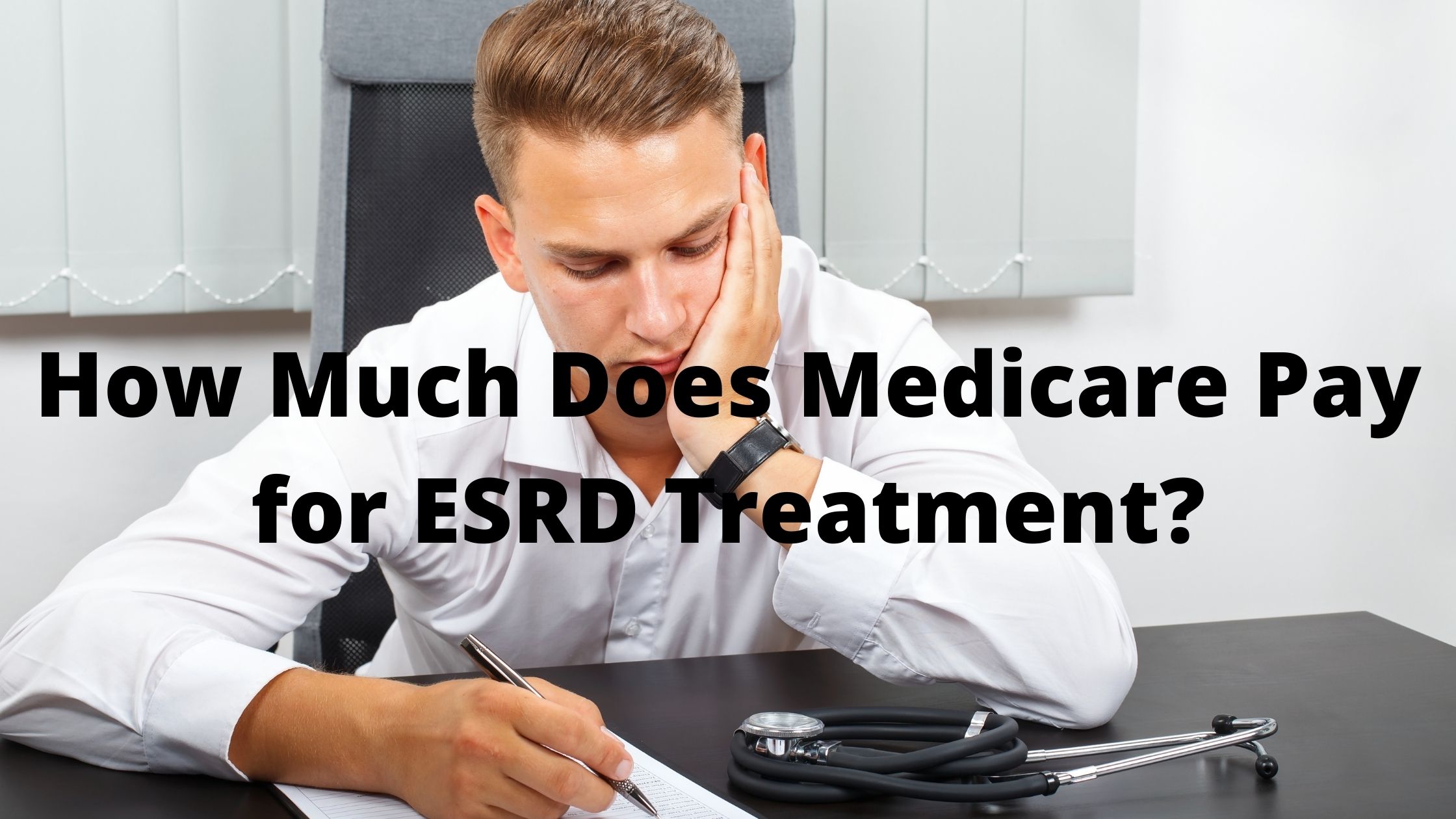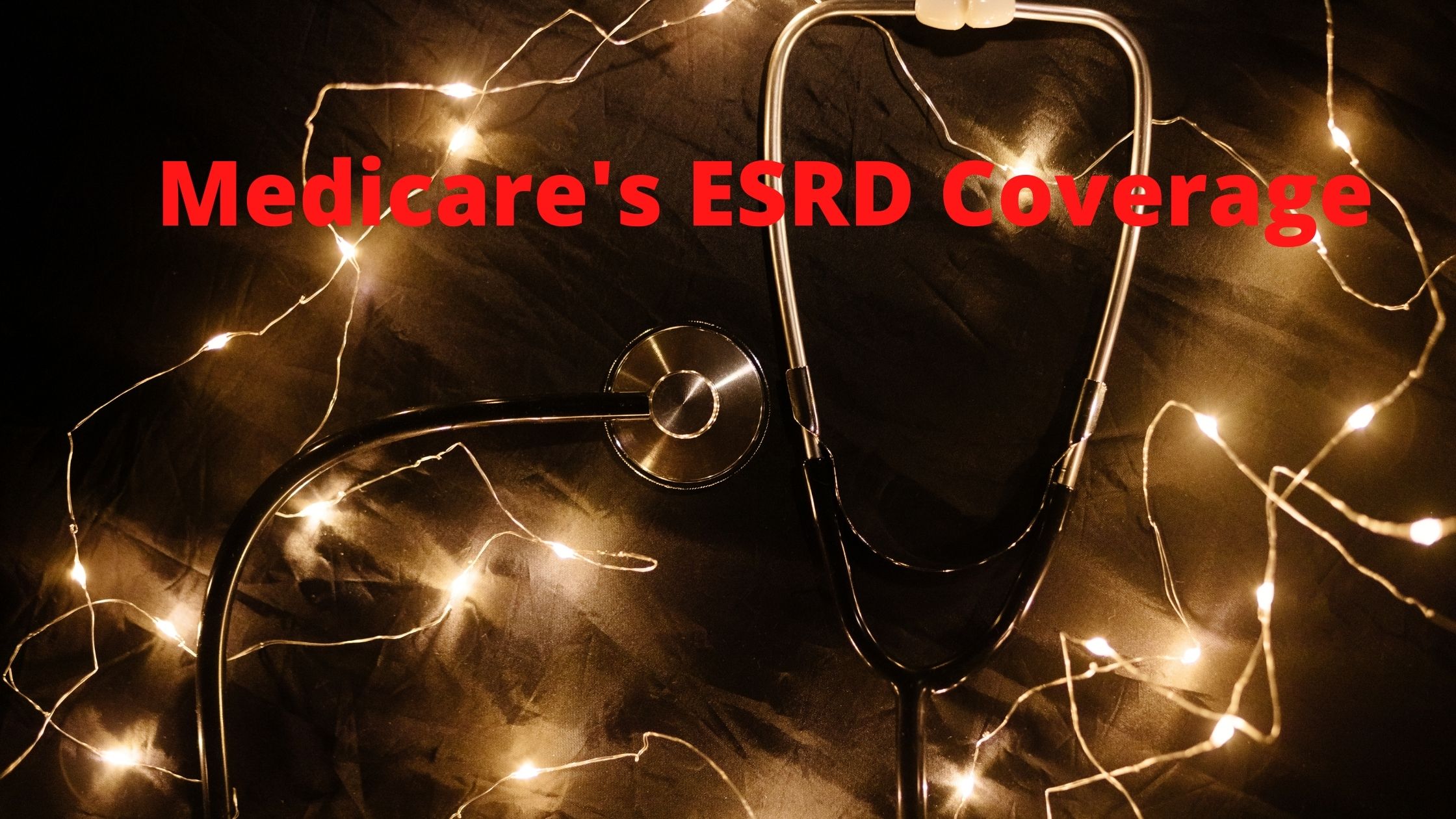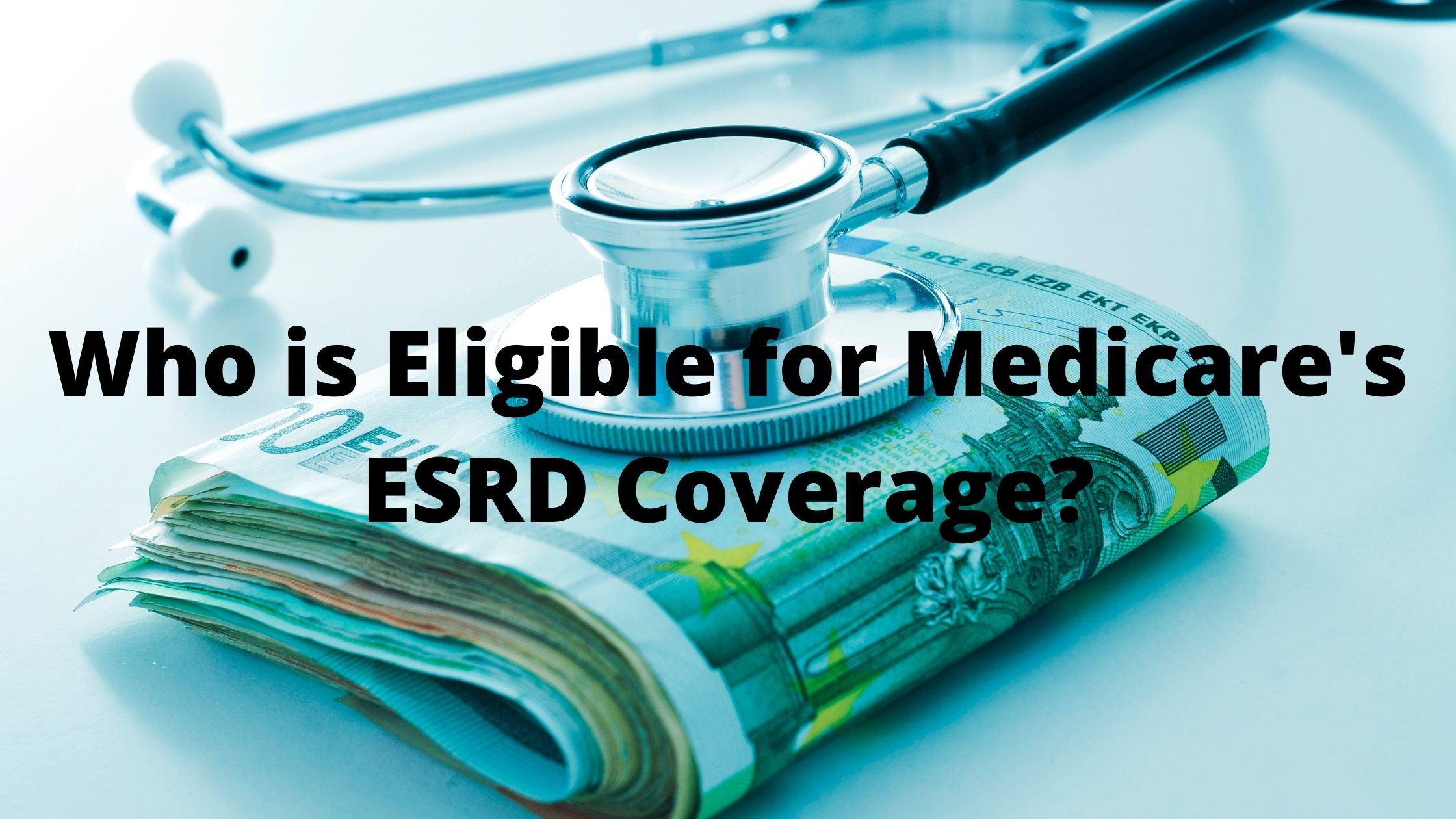Medicare is a government-sponsored healthcare program in the United States for people aged 65 or older and for those with certain disabilities. Medicaid is a joint state-federal program that provides health coverage to low-income Americans.
Medicare and Medicaid: Overview
Medicare is a government-run health insurance program for Americans age 65 and older, as well as people with disabilities. Medicaid is a government-run health insurance program for low-income Americans. Like Medicare, Medicaid provides coverage for hospitalization, doctor appointments, and prescription medications.
However, there are some important differences between Medicare and Medicaid coverage of ESRD. First, Medicare covers most ESRD treatments, while Medicaid does not. Second, Medicare pays more for ESRD treatments than it does for other medical expenses. Finally, Medicare pays for long-term ESRD care while Medicaid only provides short-term coverage.
Learn more about these differences in the following article:
http://www.webmd.com/esrd/features/medicare-vs-medicaid-essrd
Medicare’s ESRD Coverage
Medicare’s coverage of end-stage renal disease (ESRD) is different from Medicaid’s coverage. Medicare primarily covers the costs of dialysis and other necessary treatments, while Medicaid primarily pays for a patient’s nursing home care. This can be a major difference when it comes to care for someone with ESRD.
Who is Eligible for Medicare’s ESRD Coverage?
Medicare is the federal health insurance program for people aged 65 or older, and for people with certain disabilities. People who are eligible for Medicare may also be eligible for Medicaid, a state-funded health insurance program.
Most people who need kidney dialysis receive it through their Medicare coverage. However, Medicaid may be a better option for some people who need dialysis. Eligibility requirements for Medicare and Medicaid vary, but in general, most people who need dialysis are eligible for both programs.
Some important differences between Medicare and Medicaid coverage of ESRD include the following:
Medicare generally covers more treatments and services than Medicaid does. For example, Medicare typically covers outpatient dialysis three times a week, while Medicaid usually covers only one time a week.
Medicare also pays more for dialysis than Medicaid does. On average, Medicare pays about 75% of the cost of dialysis services, while Medicaid pays just over 50%.
However, there are some exceptions to these general rules. For example, if you have private health insurance that covers your dialysis expenses, you may not need to use either Medicare or Medicaid to get coverage.\
How Much Does Medicare Pay for ESRD Treatment?
Medicare provides coverage for end-stage renal disease (ESRD) treatment, but the amount of the coverage differs from state to state. In general, Medicare pays approximately two-thirds of the cost of ESRD care. This covers most medically necessary treatments and services, including hospital stays and home health care. However, there are a few exceptions to this rule. For example, Medicare does not cover the cost of dialysis or any transplants related to ESRD.
Some states have expanded their Medicaid programs to include people with ESRD, and as a result, Medicaid pays for a larger share of the cost of ESRD care. In general, Medicaid pays for about three-quarters of the cost of ESRD care. This coverage varies from state to state, and can include everything from in-patient care to home health care services.
So what’s the bottom line? If you have Medicare, your coverage for ESRD treatment will be pretty much the same as if you had Medicaid. However, if you have private insurance or are covered by a government program other than Medicare or Medicaid, your coverage may be different.
What are the Special Conditions That Qualify a Patient for Medicare’s ESRD Coverage?
When it comes to Medicare coverage of end-stage renal disease (ESRD), there are a few key distinctions that can make a big difference in terms of access to care and affordability. Here are a few things to keep in mind:
1) Medicare only pays for treatment if the patient has either end-stage renal disease due to a specific condition, such as diabetes or hypertension, or if they have had an infection that has progressed to ESRD. These conditions are called “special conditions.”
2) Medicaid, on the other hand, is much more expansive in its coverage of ESRD. This is because Medicaid is funded by the federal government and is available to all low-income Americans regardless of whether they have health insurance or not.
3) Because Medicare is limited in its coverage, it’s important for patients to know about their eligibility for ESRD coverage and to seek out help from their healthcare provider if they think they might qualify.
How Much Will You Pay for Medigap Plans with ESRD Coverage?
Medicare has a number of different coverage options for people with end-stage renal disease (ESRD), including Medigap plans. However, the amounts you will pay for these plans vary widely. In this blog post, we’ll provide an overview of the different Medigap plans and how they compare in terms of coverage and costs.
First, let’s take a look at the three main types of Medicare Medigap plans: traditional, catastrophic, and single premium.
Traditional Medicare Medigap plans cover most health care expenses that are not covered by Part A or B of Medicare. Catastrophic Medicare Medigap plans offer additional coverage for expenses that are not covered by Part A or B, but also have a limit on the total amount you can spend in any year. Single premium Medicare Medigap plans are similar to traditional Medicare Medigap plans, but they also have a premium that pays for some Part A and Part B coverage.
As you can see, there is a lot of variation in terms of what is covered and the costs associated with each type of plan. The table below provides an overview of the costs and coverage for each type
Medicaid and ESRD: What’s the Difference?
Medicaid is a program created by the United States government that provides health care coverage to low-income individuals and families.
ESRD, or end-stage renal disease, is a condition in which the kidneys no longer work properly. This can lead to various health problems, including serious infections and death.
As of 2019, Medicare covers ESRD treatments. This means that people with ESRD who have enrolled in Medicare will be able to receive all of their required treatment from Medicare rather than having to pay out of pocket for each treatment. This can be a significant savings for people with ESRD.
However, Medicaid does not cover ESRD treatments in the same way as Medicare does. Medicaid only covers dialysis and kidney transplantation if the individual has been diagnosed with ESRD by a doctor. This means that many people who have ESRD do not qualify for Medicaid because they have not been diagnosed with the condition by a doctor.
There are also some differences between how Medicare and Medicaid cover ESRD treatments. For example, Medicare pays for most dialysis treatments while Medicaid only pays for three monthly sessions of dialysis per month. Medicare also
Medicare coverage of end-stage renal disease (ESRD) is very different from Medicaid coverage. Here are some key differences:
1. Medicare pays for ESRD care primarily through a fixed fee per day for inpatient care and a per patient per month fee for outpatient care. Medicaid does not pay for ESRD care in the same way as Medicare. Instead, Medicaid covers only a portion of the costs of ESRD care, usually based on income.
2. Medicare provides better long-term care than Medicaid. Medicare pays for more extensive long-term care services, including home health care and hospice services. Medicaid does not typically cover long-term care services in the same way as Medicare.
3. Medicare provides better access to ESRD technology than Medicaid. The Medicare program pays for more advanced renal dialysis machines and other equipment needed to treat ESRD patients effectively. In contrast, Medicaid typically does not cover these expensive technologies.
4. Most ESRD patients who receive Medicare coverage also receive Medicaid coverage at some point during their treatment period. This dual coverage helps to ensure that ESRD patients have access to the best possible medical care available.

